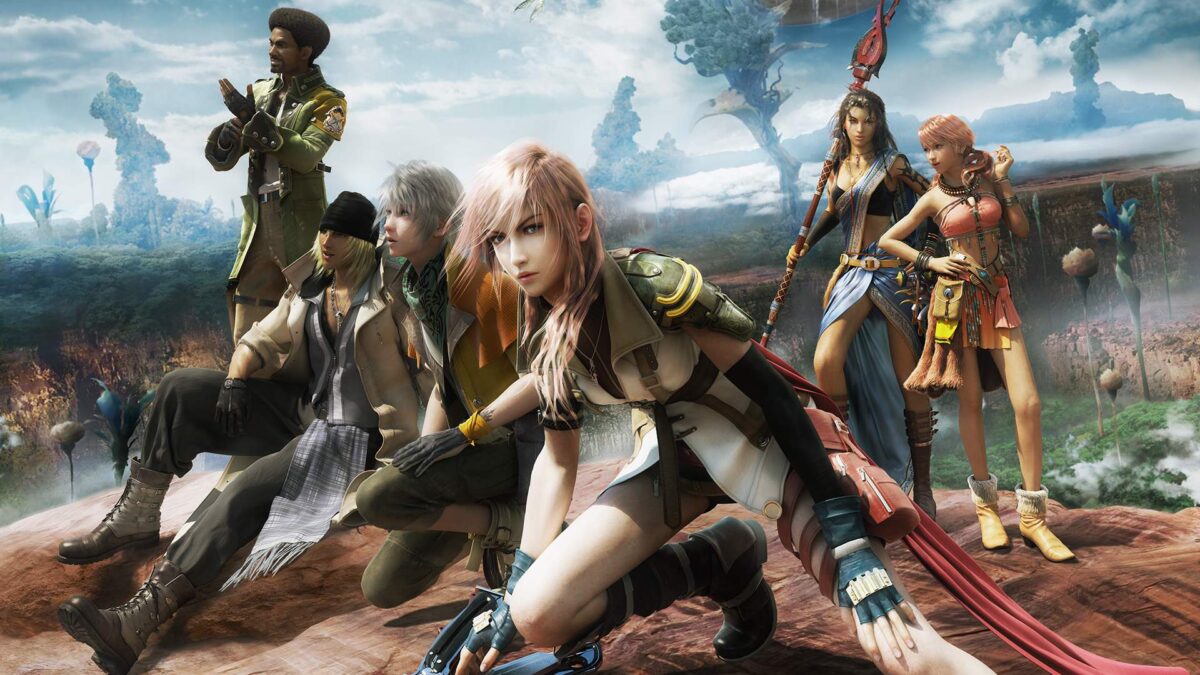In my last journal entry I talked about wanting to turn the individual, historical and cultural mirror of Final Fantasy into a lens. This got me thinking about cameras.
We use the word “camera” in the context of video games to describe our focal point, the perspective from which we are observing the characters and setting. It is also in some ways a representation of our personal agency with regard to the game. Even if the character we’re embodying for the moment is constrained by mechanics, the narrative or some other factor, it’s generally considered good if we can freely look around at our surroundings, even if the “camera” remains at a fixed point.
When I think about the camera in Final Fantasy XIII “freedom” or “agency” isn’t what comes to mind. The camera hovers over either our left or right shoulder at all times, it is floaty, it is heavy. It doesn’t swivel around so easily. When we go into battle, the camera is completely out of our control. We’re forced, as our party is, to face forward and confront each group of enemies as they come (though this doesn’t stop the camera from moving: it floats around the battlefield sometimes, changing positions on a whim, and ever so often engaging in a little pseudocinematic flourish).
This camera is sometimes bothersome, but in some ways it feels appropriate to what the game is trying to say. Even as we attempt with our party to challenge and even defeat fate, our perspectives are constrained by structures beyond our understanding or even our range of vision.
Final Fantasy XIII obscures quite a lot. The camera isn’t omniscient or omnipresent, changing perspectives as it does between character pairs fairly often. While Hope and Lightning are walking through the Gapra Whitewood, Sazh and Vanille are wandering through the Sunleth Waterscape—and all the while Snow is getting to know Fang and her handler, Cid Raines, completely offscreen. Camera perspective helps us orient ourselves in this world while also creating enough space for the game to weave its narrative at its own pace. It creates its own motivation. There’s always more to see, and usually from different eyes.





